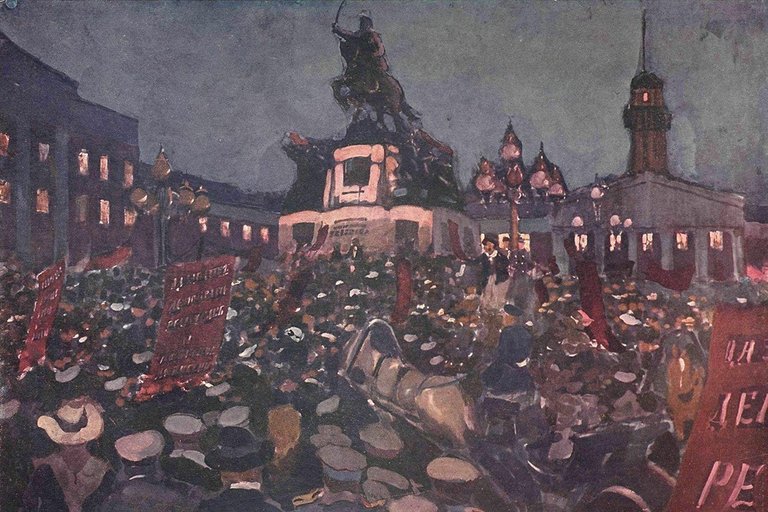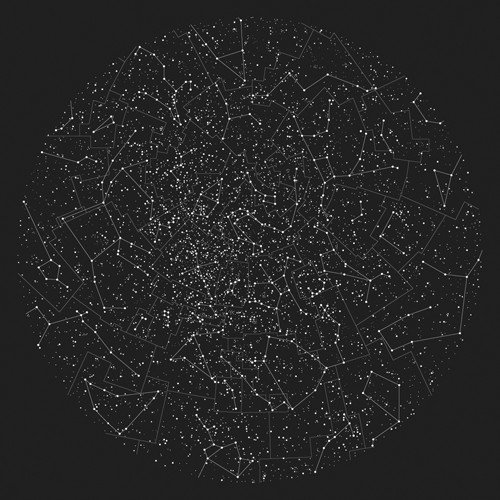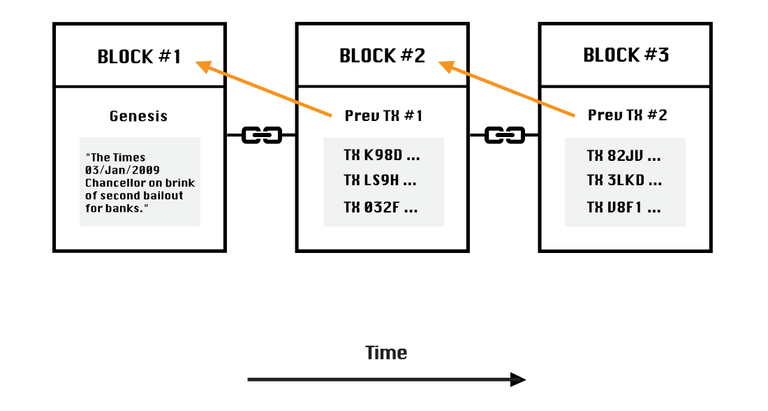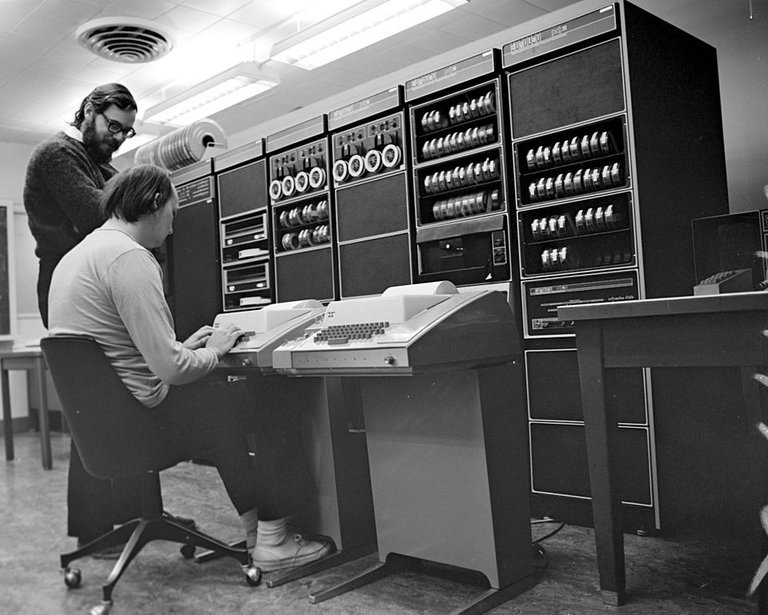
A simple search will present anyone with copious articles describing Blockchain technology so an intuitive question might be, “Why write another one?”
I’m a software engineer of seven years with thousands of hours of experience building web applications, using databases, and writing software. I’ve also been obsessively fascinated by the Blockchain phenomenon since 2012 and have been researching it since. Because of my background, I feel that I have a useful perspective to bring to the table.
My personal motivation is that I think Blockchain is one of the most important technological inventions since the internet. The attribute of disintermediation — or removal of third-parties — has the potential to unleash levels of prosperity and freedom never before known to humanity.
However to understand why, we need to know how it distinguishes itself. How is it different from the technology we’ve been using for decades? This is becoming increasingly important as more and more projects enter the scene with ambitious and sometimes faulty claims.
So let’s explore what makes Blockchains revolutionary by first examining the core fundamentals of the technology.
Databases
When people hear the word database, they might think of something advanced. Probably something to do with computers and probably complex. However the concept of a database is actually as old as civilization itself.

At its core, a database stores things. From tracking the ownership of giant stone money like The Yap during the 13th century, to tracking bank account balances. The data itself and how you store it can be as simple or as complex as you need it to be.
Things become interesting when you start “relating” different data sets to each other— especially without duplication. For example, you can do this by allowing two or more data sets to talk to one another using a unique ID common to both. This is incredibly powerful when your data set grows because you can then find commonalities between them.
Imagine we have a “people” table that stores information about individuals. Let’s say we store their name, age and a unique ID for each person. Now imagine that we also have an “addresses” table storing the address, city, state, but more importantly — the person who lives at each particular address using the unique ID we mentioned above. The data is useful on its own to be sure, but now it can relate to other data which enhances the usefulness as shown in the diagram below.

The green “ID” column under the People table points to the green “Person” column under the Addresses table.
The important point to realize here is that databases allow you to “create” records, “read” them, “update” them, and “delete” them. This process is known by an acronym in computer science called CRUD (Create, Read, Update, Delete). It forms the foundation for modern persistent storage and can be found in almost every piece of software that we use today.
So how does this relate to Blockchain? Is it just a new kind of database? In a sense, yes.One of the distinguishing features of a Blockchain is that it’s both relational and temporal. This means that the data relates to other data across time. Data stored last week, last month, or last year can always be accessed and its origin found.

Consequently, with each addition to the chain the level of trust grows because it becomes exponentially harder to reverse the additions.In traditional database environments, trust is handled in a centralized and permissioned fashion. Permissioned, because technically speaking you need to know the login credentials of the database you’re using before making changes. These are generally only passed around secretly to those who have to know. Centralized, because these databases only run on a single or handful of private servers — all of which are controlled by a centralized entity. Walk into any large corporation and this is generally the architecture you’ll find.
Blockchain databases on the other hand live decentralized and permissionless environments — almost the complete opposite of the traditional architecture we’ve been using for years.
Establishing Consensus
A database only works if you trust what it holds. Imagine saving the phone number of a new friend, only to later unintentionally send a text to your mother-in-law! Your phone contains a database of contacts which you trust because, well, you’re the one in charge of modifying them.
With Blockchains on the other hand, instead of trusting individuals to make additions to the database, you simply need to trust the process of additions — or the rules of the protocol.
This is possible due to a computer science breakthrough that our friend Satoshi Nakamoto provided almost 10 years ago. The breakthrough centers around a problem that puzzled engineers for decades, and which was first described by Leslie Lamport in 1980 called The Byzantine Generals Problem.
Nakamoto not only provided a solution, but also laid the foundation for inspiring a renaissance in different algorithms attempting to solve the same problem. As of today, the only proven solution is known as Proof-of-Work.

I want to reiterate an important point. The Nakamoto breakthrough isn’t Proof-of-Work itself, or the cryptography behind it. These things have been known for decades. The importance comes from the ability use these technologies to establish consensus within an open network.
What Exactly Is Consensus?
Consensus can be defined as a general agreement about the validity of something.
For example, my wife and I are in “consensus” regarding the withdrawals made from our bank account. Put another way, we trust that any money leaving the account is either authorized by us or the bank. In this game, trust between the players is assumed from the beginning.
The same analogy can be applied to computers within a closed network. If a company runs a private LAN, we can assume they’re able to set the rules — or the protocol — for how the computers on the network communicate. Therefore we can assume trust between the computers from the beginning.
Question: In these two scenarios is “consensus” a problem? In other words is it something that if removed would prevent people from trusting the system at all? I don’t think it is. Consensus is not a problem when the players are assumed to already trust each other.
Therefore we can say traditional databases do not suffer from a consensus problem because at any given time you can be reasonably sure that anyone modifying the database is authorized to do so. However, what happens when you apply this analysis to an open network?
Let’s go back to banking. My wife and I use a traditional bank to store our money. The bank needs to be able to communicate with other banks regarding deposits and withdrawals. Otherwise if I receive payment from someone who uses a different bank, there could be a potential conflict regarding the state of money ownership.
In this game each bank operates within an adversarial open network called the “free” market. We can’t assume that each bank trusts each other to play fairly since competition continuously drives them to win. To solve this, governments have established Central Banks that “introduce trust” into the network. The end result being the creation of a centralized, permissioned, and closed network called The Federal Reserve System.
So we can say “solving for consensus” between potential adversaries is only needed within open networks. This is important because many projects currently appearing within the community are claiming to have “revolutionary Blockchains” that are really nothing but glorified databases operating within closed or semi-closed networks. It’s advisable to be very suspicious of these claims. They may be able to provide faster transaction times but if not decentralized it’s business as usual for the most part.
The revolution is found in open networks. But that begs the question, how do you then incentivize people to play by the rules?
$$$
I’ve been making the case that a prerequisite for labeling something a “Blockchain” is that it must use an open peer-to-peer network that anyone can join. Without this “adversarial” environment, there’s no need to solve for consensus and thus no need to make a seperate distinction from traditional databases technology.
I often hear people say they’re more interested in the underlying “Blockchain” technology and not so much the currency. I’ve always wondered why people take this approach. After all, the technology is colloquially referred to as cryptocurrency. In my option to neglect the economic side of Blockchain is to grossly underappreciated why it’s important in the first place.
Within closed-environments, you generally don’t need to solve for the unpredictability of human action. However because Blockchains operate in open environments they need a way to incentivize people to play by the rules and this is where the amazing insight of Satoshi can be found.
In the Bitcoin Blockchain there exists both an incentive to play honestly and disincentive to cheat. This dynamism partly explains why the network stays secure. You’re incentivized to play nicely since doing so will reward you with coins. You’re also disincentivize to attack the system since doing so will cost you a lot of money in hardware and electricity costs. Even if you were to perform what’s called a “51% attack”, the community at large could always decide to temporarily work together to alienate the adversary by forking and moving to a different version of the software.
It’s important to note that if Satoshi didn’t introduce the money dynamic then it probably would have gone straight to the software graveyard.
Conclusion
2018 is gearing up to be the biggest year for crypto yet. And as we embark into the turbulence, I think it’s vital that we recognize why the revolution was able to start in the first place. Doing so will help us avoid the scams and false promises in the space.
In my mind a good way to measure this is by judging whether a Blockchain provides reasonable trust within an open network and doing so without requiring a centralized authority.
Crypto is as much a philosophy as it is a technology. These core principles of decentralization and establishing trust in a trustless way, have always been — and should remain — the driving forces in our community.
To open networks!
okay
select me friend
love cryptocurrencies!!